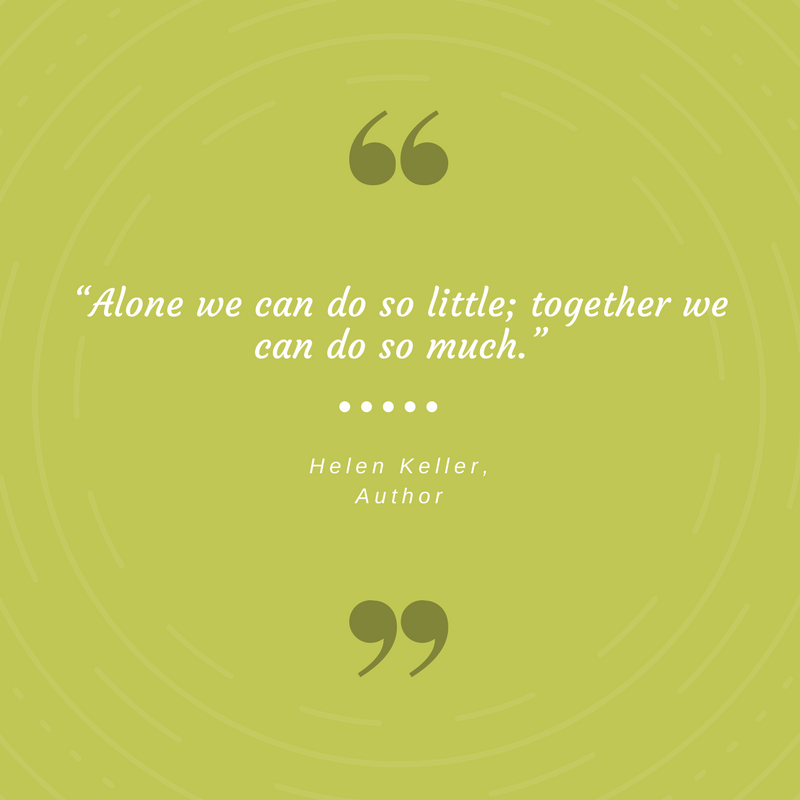#2. Finding Travel Partners
Building lasting partnerships…
It cannot be said often enough that coalitions thrive on partnerships and collaborations. Finding the right travel companions on the coalition journey will help make it a more enjoyable experience that is also in-line with agency and individual goals.
Getting partners on board
The benefits of establishing a coalition with multiple contributors and partnerships are numerous and extend well beyond the reach of a single organization. Coalitions can:
- Conserve resources
- Provide a broad range of advice and perspectives
- Achieve widespread reach within a community
- Accomplish objectives with a broad scope
- Develop greater credibility than an individual organization
- Facilitate the opportunity to share information across multiple community sectors
It is important to recognize that coalition members’ time is their greatest contribution to the coalition. Because of this, the more the coalition’s goals are in-line with those of the members, the less participation will feel like “extra” work.
Remember it’s okay to start out small! Build the coalition as necessary over time instead of inviting everyone to the table at once. The more partners feel like they are just one in the crowd the less likely they may be to see the value in their attendance and participation.
When building your coalition, make sure you are aware of any existing tensions between organizations. Meet with potential new partners one-on-one and be open about the goals of the coalition and why this potential partner is being asked to join. This will go a long way to help reduce ‘stepping on any toes’ as the coalition grows and brings organizations together that may not typically partner with each other.
Partnering outside of the box
Maintaining partnerships across multiple community sectors can help create a strong and lasting coalition. It is important to consider the needs and capacity of each member organization to ensure commitment to the coalition.
Check out the guide linked below for helpful tips and insight on working with faith, youth, government, business, and education sectors.

Choose a good lead agency
The lead agency brings together the coalition and takes on a large portion of the responsibility for its operation. The lead agency may also maintain funding accounts for the coalition, but this can also be carried out by a separate fiscal agent: see Stage 4 for more on this. It is important to note that the lead agency does not control the coalition but should be able to provide general oversight and be responsive to the needs of the coalition.
Be realistic with expectations
Understand and expect that coalition members will not always be able to complete the commitments they make to the coalition – finding ways to have members complete coalition tasks that fit well into their regular work can boost the ability to follow through and also help members feel like they aren’t overwhelmed by coalition tasks. It is important to always be appreciative of what work is accomplished by coalition members and have occasional conversations about resource allocation, support, and time constraints of the members to help reduce any issues down the road.
Remember the give/get ratio
To help maintain participation in the coalition, it’s important to remember that members want to feel as though they are getting something out of their participation instead of just giving to the coalition. A happy balance between the two is key, especially after the initial excitement of supporting a new cause, goal, etc. wears off. Ask members and participating organizations to share their own interests so that all the partners can consider those needs and if any of those needs can be addressed by the coalition. Also consider what an individual member can give and get vs. what an organization might be able to give and get.
Butterfoss, F. D. (2013). Ignite!. Author House.
Cohen, L., Baer, N., Satterwhite, P., & Wurzbach, M. E. (1994). Developing effective coalitions: an eight step guide. Contra Costa County Health Services Department, Prevention Program.